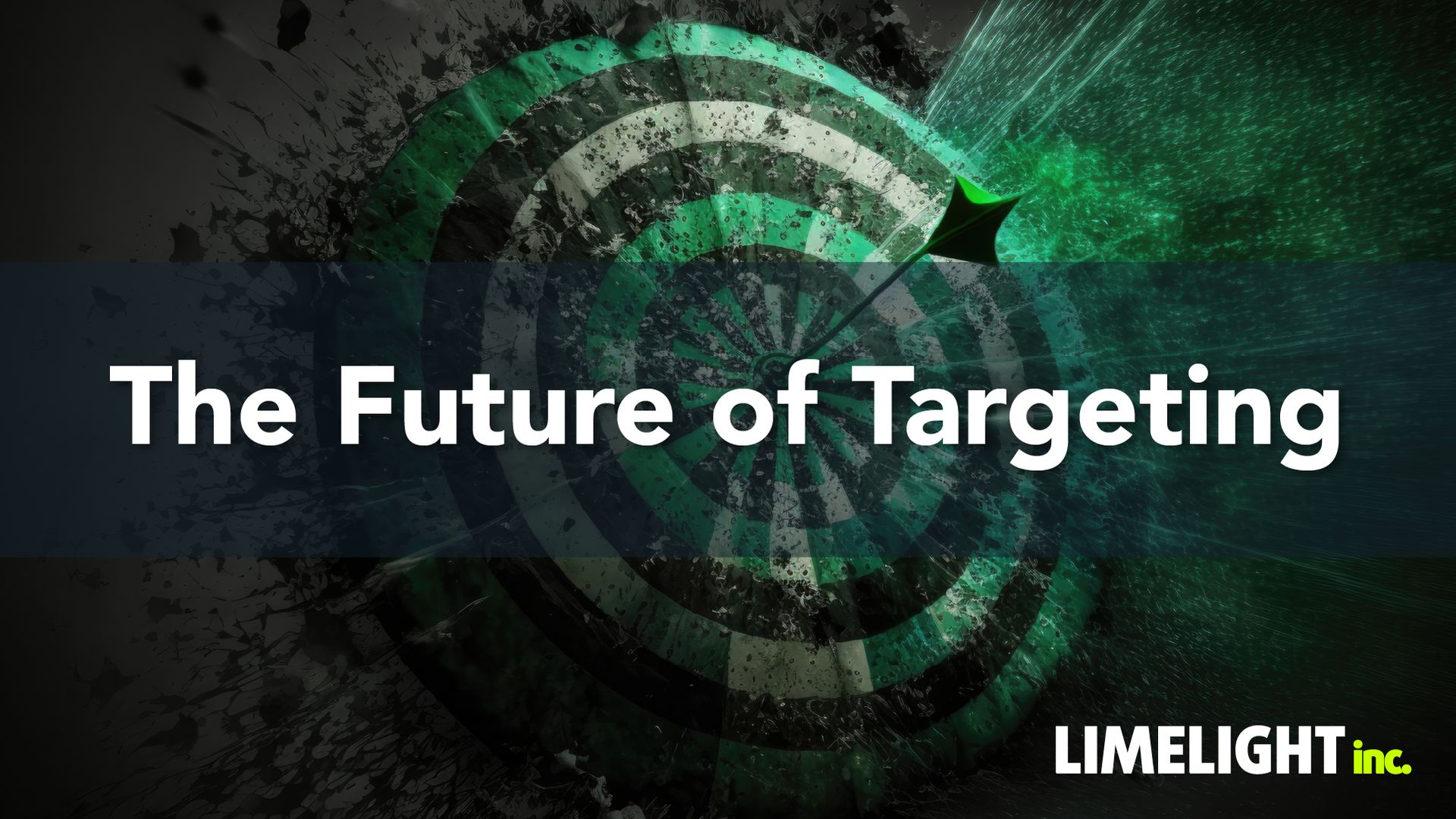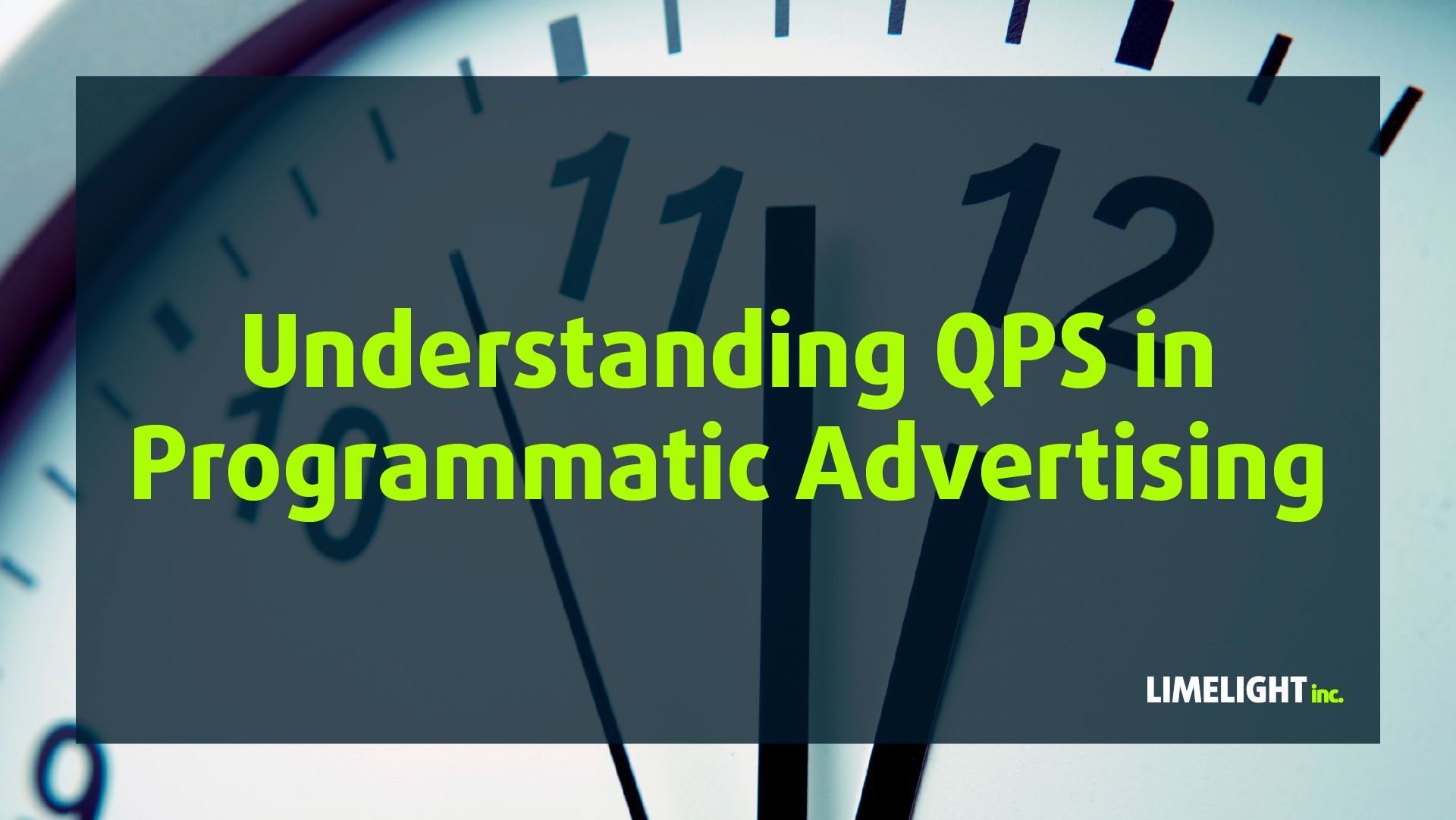New Paragraph
The Future of Targeting: Why Context Beats Identity Graphs

The deprecation of third-party cookies has sent ongoing shockwaves through the advertising industry for several years now. It is forcing a rethink of how we approach audience targeting.
Identity graphs, which stitch together user data from various sources, have been touted as a potential solution. However, at Limelight, we believe that relying too heavily on these ID-based solutions is misguided and unsustainable in the long run.
Instead, we believe that a shift towards a context-driven approach to targeting - one that aligns with evolving data privacy regulations and user expectations - is the answer.
The Shortcomings of Identity Graphs
On the surface, identity graphs may seem like a clever way to continue tracking users across the web.
By combining data from multiple sources, they promise to deliver the same level of audience insights as third-party cookies.
However, there are several significant drawbacks to this approach:
- Privacy Concerns: Identity graphs rely on cross-site user tracking, which raises significant privacy concerns. As data protection laws tighten, these solutions are likely to face increased scrutiny from regulators and backlash from privacy-conscious consumers.
- Technical Challenges: Building and maintaining accurate identity graphs is a complex technical feat. As users switch between devices, clear their browsing data or use privacy tools, the accuracy of these graphs deteriorates rapidly.
- Limited Scale: Identity graphs often struggle to achieve the scale and reach of third-party cookies, leaving advertisers with incomplete audience segments and blind spots.
The Power of Context
Instead of chasing identity-based solutions, we believe the industry should embrace the power of contextual targeting.
This approach leverages the content and context of a web page to deliver relevant ads, without relying on intrusive user tracking:
- Privacy-Friendly: Contextual targeting doesn't require collecting or storing personal user data, making it fully compliant with data privacy regulations and respectful of user privacy.
- Proven Effectiveness: Contextual targeting has been around for decades and has consistently delivered strong results for advertisers. It's a tried-and-true method that doesn't rely on emerging technologies or unproven solutions.
- Scalable: By focusing on the content itself, contextual targeting can achieve broad reach and scale across the open web, without the limitations of identity graphs.
- Future-Proof: As privacy regulations continue to evolve, contextual targeting will remain a viable and compliant solution, immune to the challenges facing identity-based approaches.
Embracing Context in Programmatic Advertising
To fully realise the potential of contextual targeting, the programmatic advertising ecosystem must adapt to take advantage of:
- Advanced Semantic Analysis: Leveraging natural language processing and machine learning to analyse page content, sentiment and context at scale.
- Contextual Taxonomies: Developing robust contextual taxonomies that map content to relevant interest categories and advertising verticals.
- Programmatic Integration: Integrating contextual data and signals into programmatic buying platforms, allowing for real-time optimization and targeting based on context.
- Measurement and Attribution: Refining measurement methodologies to attribute conversions and outcomes to contextual targeting strategies accurately.
While the shift towards a context-driven approach will require adjustments, it represents a sustainable and future-proof solution for the advertising industry.
By embracing context, we can deliver relevant and effective advertising while respecting user privacy and staying ahead of emerging data protection regulations.
In conclusion
With GDPR, CCPA, and other privacy laws in full effect, and Google phasing out third-party cookies in Chrome, traditional tracking and targeting methods are at risk. To replace cookies with another user id graph or fingerprinting solution is a short-term fix and we at Limelight Inc. we believe that such mechanisms will also come short.
They seek to allow user tracking without consent. Ad networks should utilise contextual data that gives them a level of targeting and optimisation without tracking a user who has not given consent. Additional way providers such as Limelight Inc. can enrich strategies for ad networks is by enabling its partners to utilise non-user information we can access in the bid request size, such as channel, time of day and others.



